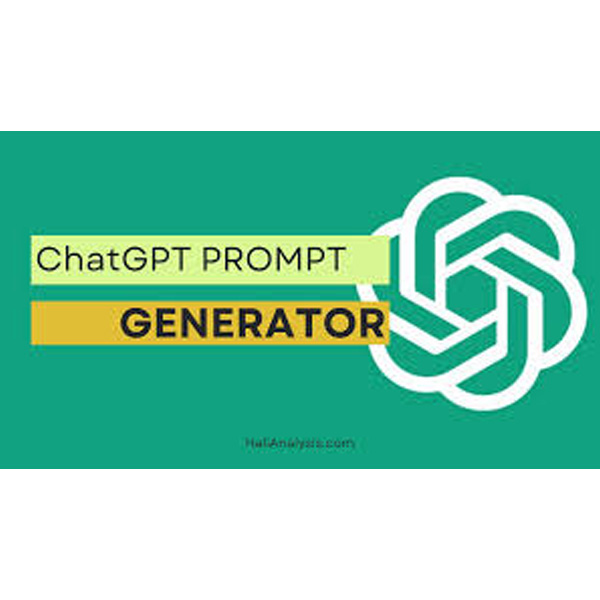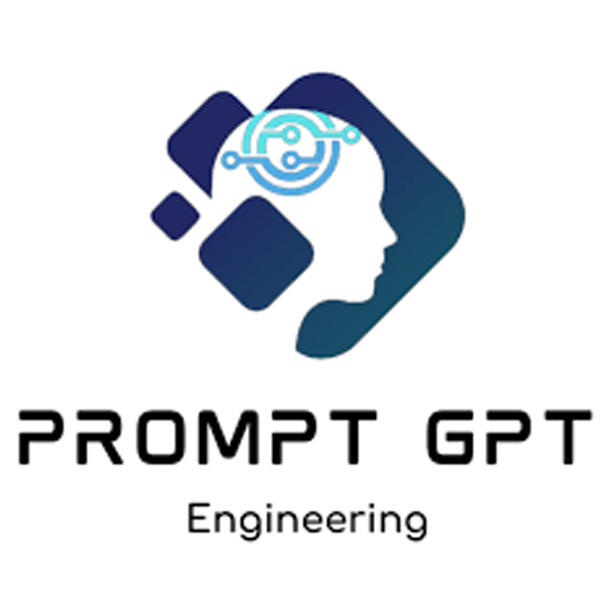💬 AI for Prompt
📘 Definition
Prompt in AI refers to the input or instruction given to a language model or AI system to generate a desired response or perform a specific task. It acts as a guiding query that shapes the AI’s output.
🔍 Detailed Description
Prompts are essential in AI systems, especially in natural language processing models like GPT and other generative AI technologies. They serve as the initial context or question that influences the quality, relevance, and accuracy of the AI-generated content.
Effective prompting requires understanding the AI’s capabilities and limitations, often involving carefully crafted instructions or examples. This technique, known as prompt engineering, optimizes model performance and usability.
Prompts can range from simple keywords or questions to complex instructions that guide multi-step reasoning or creative tasks. They can be used in chatbots, content creation, code generation, translation, and many other AI applications.
💡 Use Cases & Importance
- Chatbots & Virtual Assistants: Provide clear prompts to generate relevant and helpful user responses.
- Content Creation: Use prompts to guide AI in writing articles, stories, or marketing copy.
- Code Generation: Direct AI to write or debug code snippets based on specific instructions.
- Education: Generate quiz questions, explanations, or tutoring based on prompt inputs.
- Translation: Guide AI to translate text with contextual prompts for accuracy.
- Creative Arts: Use prompts to create poetry, music, or artwork ideas with AI assistance.
- Data Analysis: Query AI with prompts to interpret and summarize complex datasets.
- Research & Development: Generate hypotheses, summarize papers, or brainstorm ideas using prompts.
🛠️ Related Tools
- OpenAI Playground
- AI Dungeon
- PromptPerfect
- Copy.ai
❓ Frequently Asked Questions
What is a prompt in AI?
A prompt is the input or instruction given to an AI model to generate a response.
Why is prompt engineering important?
It helps optimize the instructions given to AI to improve the relevance and accuracy of the output.
Can prompts be used in all AI models?
Prompts are mostly used in generative AI and NLP models but can be adapted to other AI systems as well.
What makes a good prompt?
Clarity, specificity, and context are key to crafting an effective prompt.
How do prompts affect AI output quality?
Better prompts lead to more relevant, accurate, and useful AI responses.
Can prompts include examples or context?
Yes, including examples or detailed context helps the AI understand and generate better outputs.
Are prompts used only for text generation?
No, prompts are also used in image generation, code writing, and other AI tasks.
Explore More Glossary Terms
- AI for Lip Syncing
- AI for API Rate Limit
- AI for Model Drift
- Artificial Intelligence (AI)
- AI for Model Inference
- AI for Audio Classification
- AI for Model Training
- AI for Audio Denoising
- AI for Naive Bayes
- AI for Autocomplete
- AI for Named Entity Recognition (NER)
- AI for Autoencoder
- AI for Natural Language Processing (NLP)
- AI for Autonomous Agent
- AI for Neural Network
- AI for Background Removal
- AI for Object Detection
- AI for Bias
- OpenAI Tool
- AI for Chatbot
- AI for Optical Character Recognition (OCR)
- AI for Code Generation
- AI for Overfitting
- AI for Collaborative Robots (Cobots)
- AI for Path Planning
- AI for Computer Vision
- AI for Personalization
- AI for Context Window
- AI for Pinecone
- AI for Conversational
- AI for Pose Estimation
- AI for Convolutional Neural Network (CNN)
- AI for Predictive Analytics
- AI for Cross-Validation
- AI for Dataset
- AI for Decision Tree
- AI for Support Vector Machine (SVM)
- AI for Deep Learning
- AI for Deepfake
- AI for Swarm Intelligence
- AI for Deployment
- AI for Telepresence Robot
- AI Agents
- AI for Diffusion Model
- AI for Text Classification
- Collaborative Robots - Cobots
- AI for Edge Detection
- AI for Text Generation
- Conversational AI
- AI for Embeddings
- AI for Text Summarization
- 3D Reconstruction
- AI for Emotion Detection
- AI for Text Translation
- A/B Testing
- AI for Face Recognition
- AI for Text-to-Speech (TTS)
- AI for Coding
- AI for Facial Recognition
- AI for Text-to-Video
- AI for Feature Engineering
- AI for Transfer Learning
- AI for Design
- AI for Few-shot Learning
- AI for Video-to-Text
- AI for eCommerce
- AI for Fine-tuning
- AI for Virtual Assistant
- AI for Education
- AI for Fraud Detection
- AI for Voice Cloning
- AI for Gaming
- GAN (Generative Adversarial Network)
- AI for Healthcare
- Gradient Descent
- AI for HR
- Hugging Face
- AI for Prompt
- AI for Legal
- Human-Robot Interaction
- AI for Recommendation Engine
- AI for Marketing
- AI for Image Generation
- AI for Recurrent Neural Network (RNN)
- AI for Productivity
- AI for Image Recognition
- AI for Reinforcement Learning
- AI for Real Estate
- AI for Image Segmentation
- AI for Research
- AI for Robotic Process Automation (RPA)
- AI for Image Upscaling
- AI for Resume Writing
- AI for Software Development Kit (SDK)
- AI for Inference Engine
- AI for Security
- AI for Sensor Fusion
- AI for Storytelling
- K-Means Clustering
- AI for Sentiment Analysis
- AI for Voiceovers
- AI for K-Nearest Neighbors (KNN)
- AI for Simultaneous Localization and Mapping (SLAM)
- AI for Writing
- AI for LangChain
- AI for Sound Classification
- AI for Language Detection
- AI for Speech Synthesis
- AI in SaaS
- AI for Language Model
- AI for Speech-to-Text
- AI-powered Search
- AI for Large Language Model (LLM)
- AI for Style Transfer
- AI Animation Generation
- AI for Latency
- AI for Supervised Learning
- AI API
No account yet?
Create an Account


























